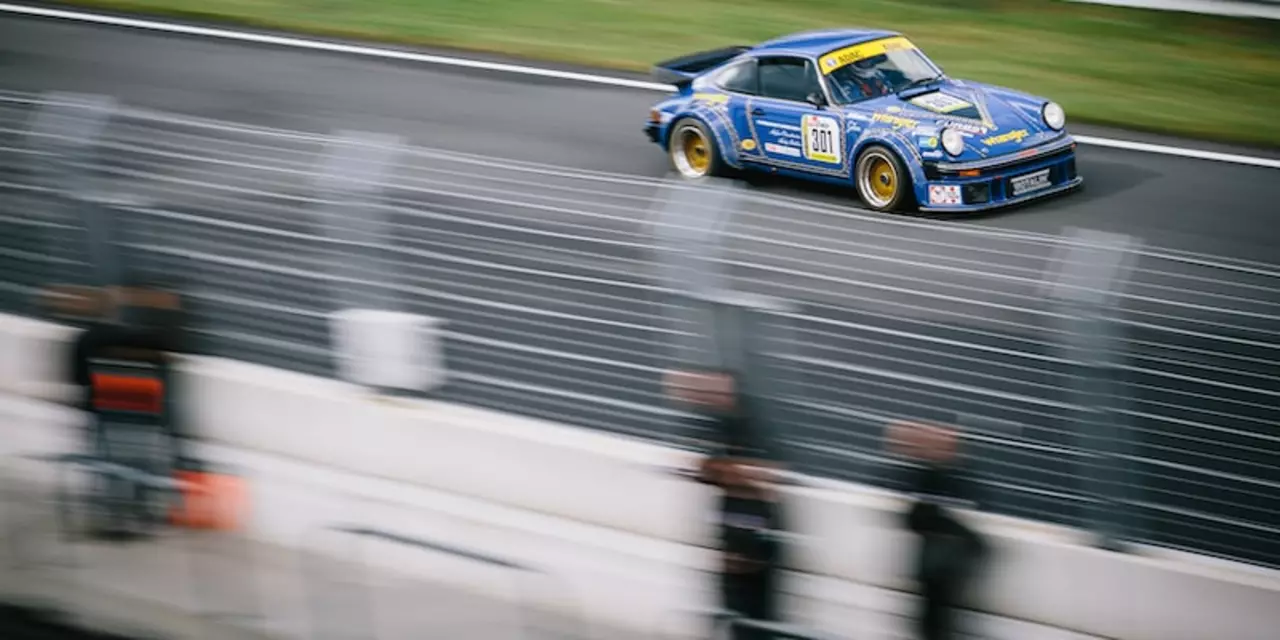Dogleg Turns: What They Are and How to Nail Them
Ever hit a corner that looks like a quick sideways Z on the map? That’s a dogleg. It’s a short, shallow bend that changes direction without a full 90‑degree turn. Drivers and riders love doglegs because they offer a chance to gain speed if you line up right. Miss the entry and you waste time, waste momentum, and maybe even crash.
On a bike, a dogleg feels different from a classic hairpin. The bike stays more upright, and you can stay on the throttle longer. But the key is still the same: hit the apex, keep the bike balanced, and stay smooth. A good dogleg can shave a few tenths off your lap – enough to move you up the order.
Understanding the Dogleg Geometry
First, picture the track as a flat drawing. The dogleg usually starts with a slight turn, flattens out, then bends back the other way. The middle part is the “straight‑ish” segment where you can open the throttle. The two turning points create a narrow “inside” line and a wider “outside” line. Your fastest line is often called the “late apex” – you stay a bit wide on entry, clip the apex later, and let the bike straighten out early.
Why does this work? Because the bike stays more stable when you’re not leaning hard at the exact moment you’d otherwise need to turn sharply. By delaying the apex, you keep the bike upright longer, which lets you apply power sooner. The result is a smoother exit and higher speed onto the next straight.
Tips to Ride a Dogleg Efficiently
1. Look ahead, not at the ground. Your eyes should be on the exit of the dogleg, not the tip of the front wheel. This helps you set the line early and avoid over‑steering.
2. Brake before the first bend. A quick, firm brake before you start turning gives you a stable entry. Once you’re leaning, keep the brakes off and let the bike flow.
3. Use a wide entry. Approach the first part of the dogleg from the outside of the track. This gives you room to straighten out quickly after the apex.
4. Clip the late apex. Aim to hit the inside marker a bit later than you might think. It lets you keep the bike upright longer and opens the throttle earlier.
5. Open the throttle early. As you pass the apex and the bike straightens, roll on the throttle smoothly. Don’t yank it – a gradual increase keeps traction.
6. Keep your helmet on. A dogleg can surprise you with a quick slide if you mis‑judge grip. Wearing a proper A1 Motorsport helmet protects you from debris and even a low‑speed tumble.
Practice these steps on a quiet track day. Start at a slower speed, feel where the bike wants to go, and then add a bit of throttle each lap. The more you repeat the pattern, the more instinctive the line becomes.
Remember, every dogleg is a little different. Some are tighter, some are longer. Adjust your entry width and apex timing based on what you see on the track. Stay relaxed, keep your body loose, and trust the bike’s balance.
When you master doglegs, you’ll notice faster lap times across the whole circuit. The extra speed you carry into the next straight can be the difference between a podium finish and finishing mid‑pack. So next time you see that Z‑shaped curve, remember these tips, wear your A1 Motorsport helmet, and own that dogleg.
A dogleg and a chicane are two terms used in motor racing to describe a type of corner. A dogleg is a type of corner where the turn is made in an ‘L’ shape. A chicane is a type of corner that has two tight turns in opposite directions. Both types of corners can be used to slow cars down and make them take a longer route. The main difference between the two is that with a dogleg the turn is in one direction, whereas with a chicane the turn is in two directions. Both types of corners are used by race tracks to make the race more interesting and challenging.
